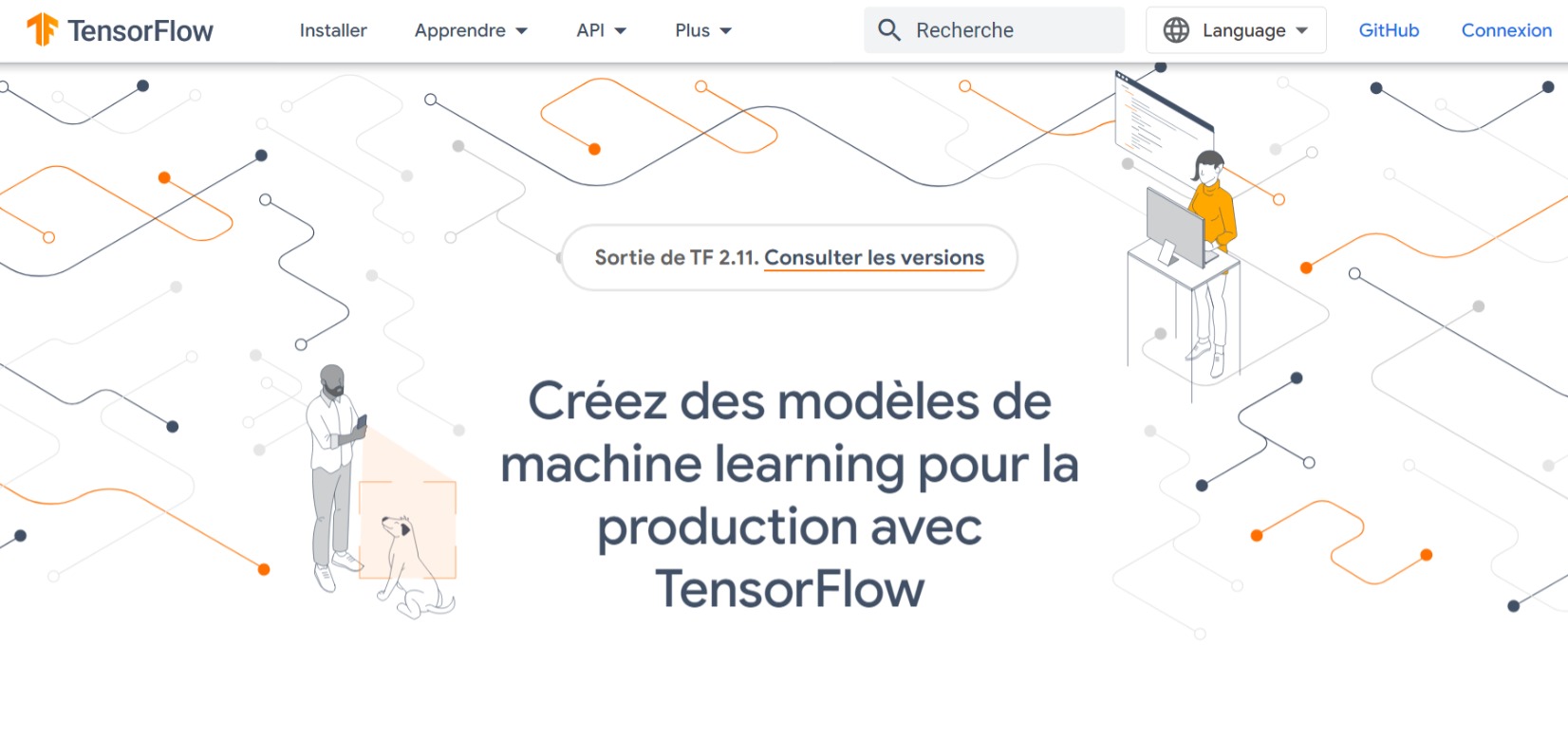TensorFlow is a powerful open-source machine learning framework for building models. It was developed by the Google Brain team and released in 2015. Since then, it has become one of the most popular and widely used machine learning frameworks in the world. In this article, we will explore the key features and uses of TensorFlow and how it can be used to build powerful machine learning models.
What is TensorFlow ?
TensorFlow is an open-source machine learning framework that is used to build models for a wide range of applications. It is a flexible, high-performance system that can be used to build everything from simple linear regression models to complex deep learning models. TensorFlow is built using Python and provides a high-level API that makes it easy to develop and train machine learning models.
Key Features of TensorFlow:
- Flexibility: TensorFlow is a highly flexible framework that can be used to build models for a wide range of applications. It supports a variety of different types of models, including linear regression, logistic regression, neural networks, and more.
- High Performance: TensorFlow is designed to be highly performant, which means that it can handle large amounts of data and complex models quickly and efficiently. It is optimized for running on GPUs and other hardware accelerators, which makes it particularly useful for deep learning applications.
- Scalability: TensorFlow is designed to be highly scalable, which means that it can be used to build models that can handle large amounts of data and run on distributed systems. This makes it particularly useful for building models that need to be deployed at scale, such as those used in production environments.
- Ease of Use: TensorFlow provides a high-level API that makes it easy to develop and train machine learning models. It provides a wide range of pre-built functions and tools that can be used to build models quickly and easily.
- Open-Source: TensorFlow is an open-source framework, which means that it is freely available and can be used by anyone. This makes it particularly useful for researchers and developers who want to experiment with machine learning without having to pay for expensive software licenses.
Uses of TensorFlow :
- Computer Vision: TensorFlow is particularly well-suited for building computer vision models, such as those used in image recognition and object detection. It provides a wide range of pre-built functions and tools that can be used to build these types of models quickly and easily.
- Natural Language Processing: TensorFlow can also be used to build models for natural language processing, such as those used in sentiment analysis and language translation. It provides a range of pre-built functions and tools that can be used to build these types of models quickly and easily.
- Speech Recognition: TensorFlow can be used to build models for speech recognition, such as those used in virtual assistants and speech-to-text applications. It provides a range of pre-built functions and tools that can be used to build these types of models quickly and easily.
- Recommender Systems: TensorFlow can be used to build models for recommender systems, such as those used in e-commerce and content recommendation systems. It provides a range of pre-built functions and tools that can be used to build these types of models quickly and easily.
- Predictive Analytics: TensorFlow can also be used to build models for predictive analytics, such as those used in fraud detection and credit scoring. It provides a range of pre-built functions and tools that can be used to build these types of models quickly and easily.
Conclusion:
TensorFlow is a powerful and flexible machine learning framework that can be used to build models for a wide range of applications. Its key features, including its high performance, scalability, ease of use, and open-source nature, make it particularly useful for researchers and developers who want to experiment with machine learning. Its applications range from computer vision and natural language processing to speech recognition and predictive




















